After the eco-bonus in favor of new cars, we also start with the incentives for used cars, and the start is set for Tuesday 28 September.
A new phase of the measure promoted by the Ministry of Economic Development and managed by Invitalia, which grants contributions in favor of those who purchase vehicles with reduced CO2 emissions. This economic intervention is provided for by the 2019 Budget Law and subsequent regulatory changes.
Let’s find out everything there is to know about incentives for the purchase of used cars, which – as the Mise specifies – has “an entirely environmental purpose, integrating the current European legislation on air quality and the environment” .
Ecobonus: when you leave
To be precise, from 10 am on Tuesday 28 September, dealers will have the opportunity to access the ecobonus.mise.gov.it platform. Where they can enter all the reservations related to incentives for the purchase of low-emission used M1 vehicles.
Which cars can you buy
The incentives concern used cars of category M1 with a standard of not less than Euro 6 and CO2 emissions contained within 160 g / km. And with a price that according to the average market prices does not exceed 25 thousand euros.
They must be of first registration in Italy and must not have benefited from the incentives provided for by the 2019 and 2021 Budget laws.
Just to know, all “vehicles designed and built for the transport of persons, having a maximum of eight seats in addition to the driver’s seat” belong to category M1.
Incentives for used cars: what is the entity?
The eco-bonus will range from 750 to 2000 euros, depending on the amount of CO2 emissions. Here are the three categories: 750 euros for vehicles with emissions between 91 and 160 g / km of CO2 and 1,000 euros for vehicles with emissions between 61 and 90 g / km of CO2. Finally, 2000 euros for the range from 0 to 60.
How the eco-bonus is given
The amount of the bonus is paid to the buyer by the concessionaire, who then recovers it as a tax credit by submitting the F24 form electronically.
The bond of scrapping
The issue of the incentive for used cars, reserved only for individuals, is bound to the scrapping of a vehicle of the same category, which has been in the name of the buyer or a cohabiting family member for at least 12 months. And whether it was registered before 1 January 2011 or after, as long as it reaches 10 years of registration by 31 December 2021, the deadline for applying for incentives.
He ceiling
In favor of the eco-bonus for the purchase of a low-emission used car have been made available 40 of the 350 million allocated to eco-incentives.
A boom in requests is expected as early as Tuesday 28, with the risk of a tilt of the IT systems. Although, specifies the Ministry of Economic Development on the official website, “it will not be a click day and it will not be necessary to hurry in the first few days”.
The other strong doubt concerns the ceiling, which risks being largely insufficient. If, for example, the average incentive of the three, the one of € 1,000, is taken as a reference, the measure would work in favor of 40,000 applicants. Yet in 2019, therefore before the pandemic, the second-hand market recorded sales for 3.1 million euros.
The opinion of the Promotor Study Center
Primo Quagliano, president of the Promotor Study Center, specialized in research on the automotive market, spoke about the incentives for the purchase of used cars.
Quagliano said: “It is a very opportune measure – comments the president of the Promotor Study Center, Gian Primo Quagliano – in the meantime for a question of fairness, because it allows access to the contribution to those who buy used cars, not likely to be able to afford the new one; indirectly, it contributes to improving the situation of the fleet which is twelve and a half years old in Italy, the highest in Europe. And it creates a chain that is good for the entire supply chain ”.
After which the president raised two concerns. The first is on the amount of appropriations: “You risk having a flare-up which then runs out quickly. We have also seen this with new vehicles, for which an appropriate refinancing has arrived for the most requested range (vehicles with 61-135 grams / km of emissions). “
The second is an overall perplexity: “If Italy wants to push the ecological transition, a structural system of incentives is needed for electric cars and the plug-in hybrid. But it is impossible to think of converting 40 million cars to electric or hybrid in a few years: we will reach 2050. So it is necessary to accompany the replacement with efficient thermal engine vehicles, proceeding step by step. Another important structural measure would be to follow Europe and reduce the taxes that weigh on the sale of used cars, which are too high to encourage the refurbishment of cars. “








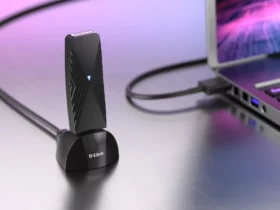
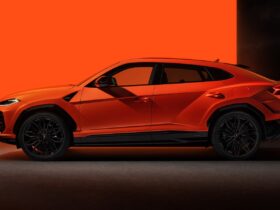
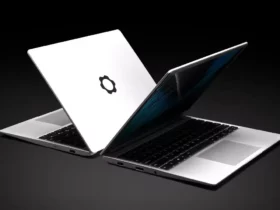


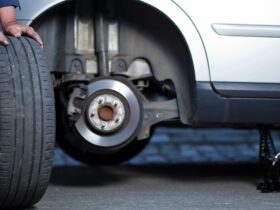
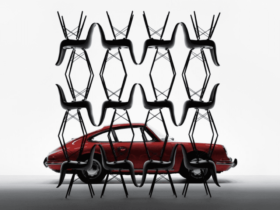

Leave a Reply
View Comments